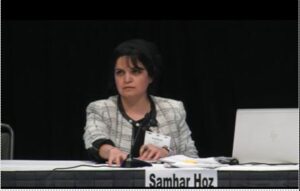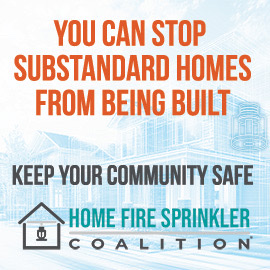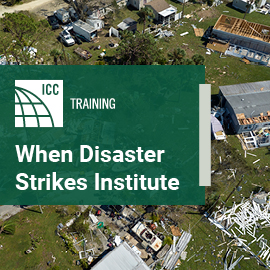
Passive Fire Protection in the International Building Code – Part 2
Fire-Resistance Test Standards Within the International Building Code
In Part 2 of our three-part passive fire protection series, the Building Safety Journal explores how the International Building Code® covers the standard fire test methods for determining fire-resistance ratings and combustibility of materials. Catch up on Part 1 and Part 3.
Fire-resistance-rated assemblies include floor/ceiling assemblies, roof/ceiling assemblies, wall assemblies and structural member protection. Fire-protected assemblies include rated door and window assemblies. There are several ways to determine the fire-resistance rating of these different assemblies, but the most common way is by subjecting the assembly to a specific test.
The International Building Code® (IBC) covers the standard fire test methods for determining fire-resistance ratings and combustibility of materials.
Section 703.2 of the IBC addresses the acceptable testing method to be used in determining the fire-resistance ratings of building assemblies and structural elements, while Section 703.3 provides alternative methods. Section 703.5 defines methods to determine if a material is combustible or noncombustible.
Fire-Resistance Test Standards Within the International Building Code
The fire-resistance properties of materials and assemblies must be measured and specified in accordance with a common test standard. For this reason, the fire-resistance ratings of building assemblies and structural elements are required to be determined in accordance with ASTM E119 or UL 263.
The ASTM E119 and UL 263 test methods evaluate the ability of an assembly to contain a fire, to retain its structural integrity or both in terms of endurance time during the test conditions. These standards prescribe a standard exposing fire of controlled extent and severity to the assembly. The test standard also contains conditions for measuring heat transfer through membrane elements protecting framing or surfaces. The fire exposure is based on the standard time-temperature curve.
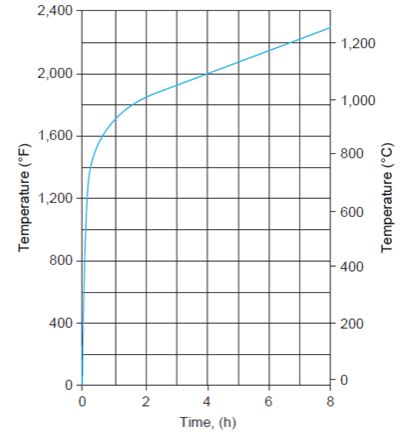
To get a fire rating, the manufacturer of an assembly constructs it just like it will be built in a building. The testing agency then places the assembly in a test furnace with gas jets that simulate a fire on one side of an assembly. If an assembly is designed to support a load, the test includes the application of such load on the load-bearing member, wall, or horizontal assembly.
Thermocouples are placed on the opposite sides of walls and horizontal assemblies to test the temperature on the unexposed side of the assembly. The standard set specific temperatures that the thermocouples register for different types of assemblies.
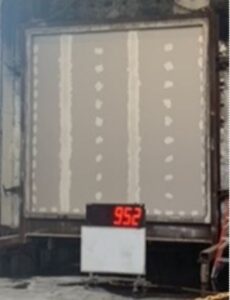
In addition, some wall assemblies must undergo what is called a hose-stream test. In this test, a duplicate assembly is exposed to the fire-endurance test and then sprayed with a fire hose at a specific pressure and duration. As long as the hose stream does not create openings in the assembly beyond the unexposed side of the assembly, the test is accepted.
Once an assembly passes the ASTM E119 or UL 263 test, the results are published by the testing agency. The IBC intends that the fire-resistance rating of interior walls to be based on fire exposure from either side. Therefore, nonsymmetrical wall construction is addressed in Section 703.2.1. This section permits testing from only one side of nonsymmetrical assemblies, provided it can be demonstrated that the tested side results in a lower value.
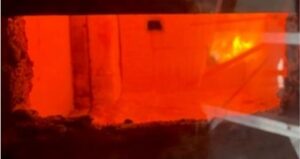
Stay tuned for Part 3, where the Building Safety Journal will discuss other passive fire protection requirements.
